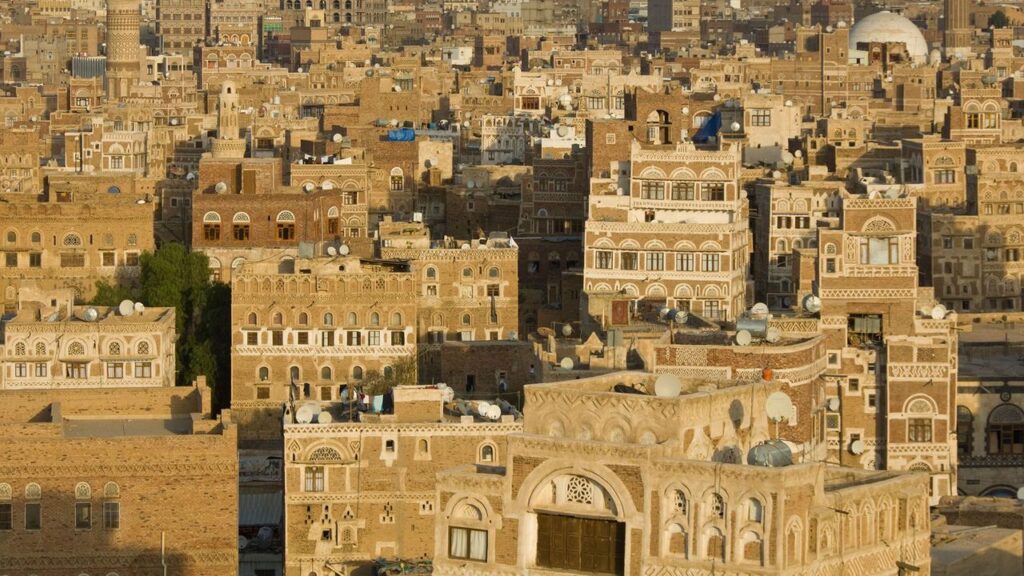REVIVING ANCIENT BUILDING TECHNIQUES FOR MODERN CONSTRUCTION
In a world driven by innovation and cutting-edge technology, it may seem counterintuitive to look to the past for inspiration in modern construction. However, there is a growing movement to revive ancient building techniques and integrate them into contemporary construction practices. This resurgence is not merely an exercise in nostalgia but is driven by a desire for sustainability, efficiency, and a deeper connection to our architectural heritage.
1. Rediscovering Traditional Wisdom:
Ancient Building Techniques: One of the primary motivations behind the revival of ancient building techniques is the realization that many traditional methods were remarkably effective and sustainable. Techniques like adobe construction, rammed earth, and timber framing have withstood the test of time and proven their durability.
2. Sustainable Building Practices:
Eco-Friendly Construction: Modern construction often relies on resource-intensive materials and energy-consuming processes. Ancient techniques, on the other hand, tend to be eco-friendly. For instance, adobe and rammed earth are constructed using locally sourced, natural materials, reducing the carbon footprint of a building.
3. Energy Efficiency:
Natural Insulation: Ancient building methods often incorporate natural insulating properties. Adobe walls, for instance, provide excellent thermal mass, regulating indoor temperatures and reducing the need for heating and cooling systems.
4. Preservation of Cultural Heritage:
Architectural Legacy: Ancient building techniques are not just about practicality; they are also a means of preserving cultural heritage. Reviving these methods allows for the continuation of architectural traditions and helps maintain a connection to the past.
5. Local Sourcing:
Reducing Transportation Costs: Ancient building techniques make use of materials that are typically sourced locally. This not only supports local economies but also reduces the environmental impact associated with transporting materials over long distances.
6. Craftsmanship and Artistry:
Handcrafted Excellence: Many ancient construction methods involve intricate craftsmanship and attention to detail. Reviving these techniques fosters a sense of artistry that is often lost in mass-produced modern construction.
7. Resilience to Natural Disasters:
Sturdy and Durable: Ancient buildings constructed using traditional techniques have often demonstrated remarkable resilience in the face of natural disasters such as earthquakes. This can serve as an inspiration for more resilient modern designs.
8. Adaptability and Innovation:
Modern Integration: The revival of ancient building techniques does not mean rejecting modern technology. Instead, these methods can be integrated with contemporary construction practices, allowing for innovative approaches that harness the best of both worlds.
9. Education and Skill Revival:
Training a New Generation: As ancient building techniques are brought back into the mainstream, there is a renewed interest in training a new generation of craftsmen and artisans. This helps pass down valuable skills and knowledge.
10. Case Studies:
Success Stories: Several notable projects around the world have successfully incorporated ancient building techniques. The Great Mosque of Djenne in Mali, constructed from adobe, and the Lofoten Islands’ traditional Norwegian fisherman huts are just a couple of examples of how these methods can be used in contemporary architecture.
In conclusion, the revival of ancient building techniques for modern construction is not a step backward but a leap forward. It is a recognition that our ancestors had valuable insights into sustainable, resilient, and culturally rich building methods. By incorporating these techniques into modern construction, we can create a built environment that is more harmonious with nature, culturally significant, and better suited to the challenges of the future. It’s not just a revival of the past; it’s a reimagining of the future of construction.


